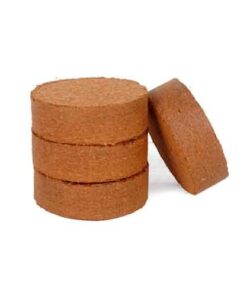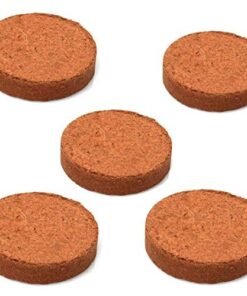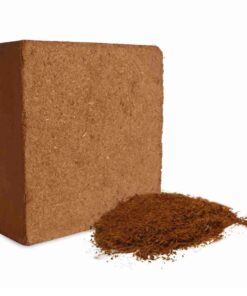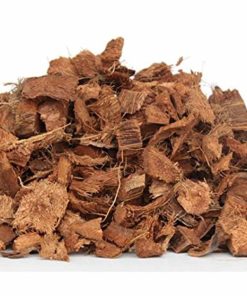Pumice Stone for Succulent cactus Top Layer 400 gm
₹149.00
In stock
SKU: pumice450
Category: Potting mixes
Pumice Stone top layer to your plant pots is a fantastic way to combine aesthetics with practicality. Pumice, a lightweight volcanic rock, not only enhances the look of your plant display but also provides several benefits for your plant’s health. Here’s everything you need to know:
Why Use Pumice as a Top Layer?
- Pumice Stone Improves Drainage
- Pumice prevents soil compaction by creating air pockets, helping excess water drain efficiently.
- This is especially useful for succulents, cacti, and other plants that dislike sitting in wet soil.
- Reduces Soil Erosion
- When watering, pumice protects the soil from being displaced or compacted.
- Prevents Mold and Algae
- A pumice layer keeps the soil surface dry, discouraging the growth of mold, algae, and fungus gnats.
- Pumice Stone Improves Aesthetics
- The clean, natural look of pumice gives your plants a polished, professional appearance.
- Helps Retain Soil Moisture
- While the top layer stays dry, pumice helps maintain consistent moisture levels in the soil below by reducing evaporation.
Pumice Stone How to Apply a Pumice Top Layer
- Choose the Right Pumice
- Select fine or medium-sized pumice stones, depending on the size of your pot and plant.
- Avoid overly large pieces unless the pot or plant is substantial.
- Prepare the Pot
- Ensure your plant is potted with proper soil (succulent/cactus mix or a well-draining blend).
- Water the soil thoroughly before applying the pumice layer.
- Pumice Stone
- Spread a 1-2 cm layer of pumice evenly over the soil surface.
- Ensure the entire soil surface is covered, leaving a small gap around the plant’s base to avoid burying the stem.
- Maintain the Layer
- Check periodically for buildup of debris or algae. Replace or rinse the pumice as needed to keep it looking fresh.
| Color | Mix |
|---|---|
| Material | Pumice |
| Origin Country | China |
| Usage | Top layer soil |
Be the first to review “Pumice Stone for Succulent cactus Top Layer 400 gm” Cancel reply
You must be logged in to post a review.







Reviews
There are no reviews yet.